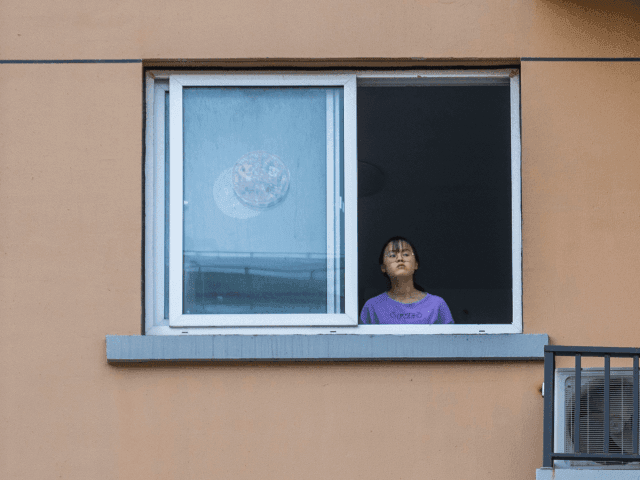Some Beijing residents told Radio Free Asia (RFA) in a report published on Wednesday that at least two districts of the city maintained movement restrictions as of that day, contradicting an announcement by Beijing’s government on Wednesday that the metropolis was largely lifting its Chinese coronavirus lockdown.
“A resident of Beijing’s Fangshan district surnamed Guo said people without private cars can’t easily get around,” RFA relayed on June 8.
“We can only walk around the Fangshan area, as we don’t have a car,” Guo told the U.S. government-funded broadcaster. “There are parts of the subway where the trains aren’t stopping, and Fengtai district is still under lockdown.”
“It costs 240 yuan [$35.86 USD] to get an exit pass in our compound now,” she said, referring to documentation required to leave a residential compound.
A man also surnamed Guo from Beijing’s Haidian district told RFA on June 8 that “parts of the district remain under tight restrictions, with several PCR tests required from residents every week,” the outlet said.
The on-the-ground information provided by RFA on June 8 seemed to contradict an announcement by Beijing’s municipal government on the same day in which city officials said Beijing “currently has no high-risk areas and only three medium-risk areas [for the Chinese coronavirus].”
The Chinese Communist Party’s definition of low, medium, and high-risk areas for the Chinese coronavirus may provide some insight into why Beijing was still restricting movement in some districts as of June 8. Bloomberg cited Chinese government definitions of the terms on June 5 while reporting on Beijing’s plans to begin easing the city’s lockdown on June 6, writing:
Authorities won’t expand the scope of travel restrictions beyond medium- and high-risk areas; Authorities won’t implement forced quarantine on people from low-risk areas; Authorities won’t prolong control measures for medium- and high-risk areas;
…
Authorities won’t forcefully close facilities such as essential businesses in low-risk areas.
Several Beijing residential districts have been under lockdown since late April to contain the city’s latest epidemic of the Chinese coronavirus. On April 28 Chaoyang became the first Beijing district to be sealed off from the outside world. China’s state-run Global Times reported on June 8 that Chaoyang was among a handful of Beijing districts still observing movement restrictions this week.
The Communist Party-controlled newspaper wrote:
With the resumption of public transportation facilities across the whole city, Beijing will on Thursday [June 9] launch a new ticket checking system for the subway networks and bus routes in six districts – Dongcheng, Xicheng, Chaoyang, Haidian, Fengtai and Shijingshan. The system can automatically check passengers’ health code when they tap in.
Continuing, the newspaper observed:
Beijing will lift restrictions in Fengtai District from Thursday [June 9], including ending the work-from-home policy and resuming public transportation, as well as reopening restaurants’ dine-in services along with gyms and cinemas, with a 75 percent cap on visitor capacity.
Beijing’s government ordered Fengtai’s residents to work from home starting on May 31.

COMMENTS
Please let us know if you're having issues with commenting.